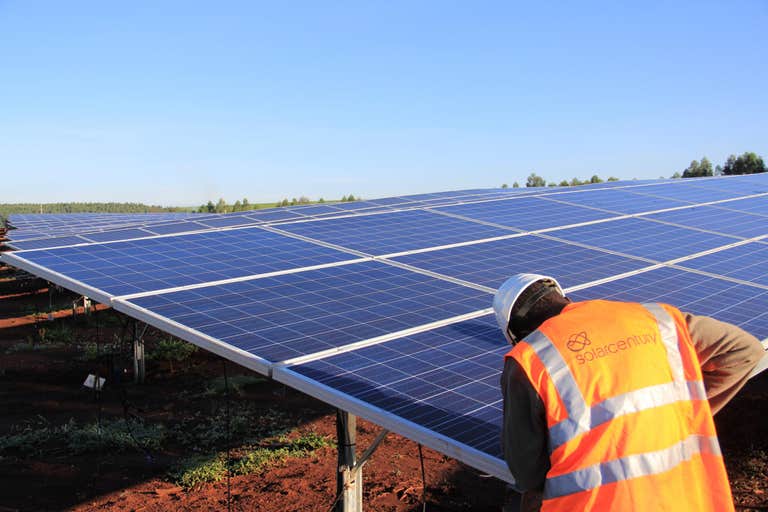129 localities are set to benefit from the first phase of the proposed solar mini-grid project in Togo.
According to a list revealed by the Togolese Electrification and Renewable Energies Agency (AT2ER), the 129 localities in question are spread over the five regions of the West African Country which are the Kara region, the Savanes region, the Centrale region, the Maritime region, and the Plateaux region.
In the following phases, 188 other localities will be equipped with the mini-grids. In total, the country intends to electrify at least 317 of its localities using solar mini-grids. All of these infrastructures are planned to have a combined capacity of 11,000 kW serving approximately 45,000 electricity consumers through a 480 kilometers electrical distribution line network.
A public-private partnership project
Subsidized by the West African Development Bank (BOAD), the entire solar mini-grid electrification project in Togo will be carried out within the public-private partnership (PPP) framework.
In mid-October last year but one, AT2ER launched a pre-qualification notice for the development, co-financing, construction, operation, and maintenance of mini-solar grids, as well as distribution networks, the distribution and marketing of electricity to customers, and the transfer at the end of the license.
Also Read: Tenders for construction of IFAD-Renewable Energies in Togo
The solar mini-grid electrification project supports the Cizo project, which was launched in December 2017 with an aim to provide 300,000 households with solar home installations within a period of 5 years.
Together, the two initiatives will enable the West African Country to increase its electrification rate from the current 8% to 50%. Togo has also set itself the ambition of increasing its installed capacity of renewable energy, connected to the electricity grid from 3 MW in 2020 to 200 MW by 2030.

Leave a Reply